
Meissen Porcelain: The History of the Manufactory
Meissen Porcelain - the very phrase sounds exquisite and evokes associations with something refined, noble, and fragile. Let's turn back to the prehistory of Meissen... It is said that porcelain reached Europe thanks to the Venetian Marco Polo in the 13th century. The delicate ware brought by the traveler captivated Europeans to the point that the fascination with porcelain turned into an obsession. Unfortunately, the figurines and plates imported from China were so expensive that the phrase "worth its weight in gold" had a literal meaning concerning the works of Chinese masters. Europeans had to devise their own recipes, especially since the Chinese were not willing to share theirs. The first porcelain manufactory in Europe was the Meissen factory, located in the German town of Meissen.
 Meissen Porcelain. Figural composition Cupid's Punishment
Meissen Porcelain. Figural composition Cupid's Punishment
The emergence of Meissen porcelain, which is still considered the best in Europe, was a logical culmination of several stories. All of them involve different people and events, the first link in the chain being the return of Marco Polo to Europe.
The Search for Suitable Material for Porcelain
Here is the first story. The search for suitable material for producing delicate porcelain - an equivalent to Chinese clay - took a full five centuries. Finally, in the early 18th century, it was found near Dresden - a deposit of refractory clay suitable for producing hard porcelain. But, of course, the creation of German porcelain was still a long way off.
The Story of the Fugitive Alchemist Böttger
The second story is about a scholar who, not by his own choice but under the influence of circumstances, began to delve into the art of pottery. Johann Friedrich Böttger - that very alchemist - bemoaned his fate and even wrote about his craft: "God turned the creator of gold into a potter."
Since the age of 16, Böttger was passionately involved in the transformation of materials and the search for the philosopher's stone. He conducted fascinating experiments - once even "gilding" silver coins in front of witnesses. Such audacity could not escape the attention of royalty, and the alchemist narrowly escaped becoming a prisoner of Prussian King Frederick William I. After many trials, Böttger found a place at the court of Augustus the Strong, ruler of Saxony, a passionate lover of science... and porcelain.
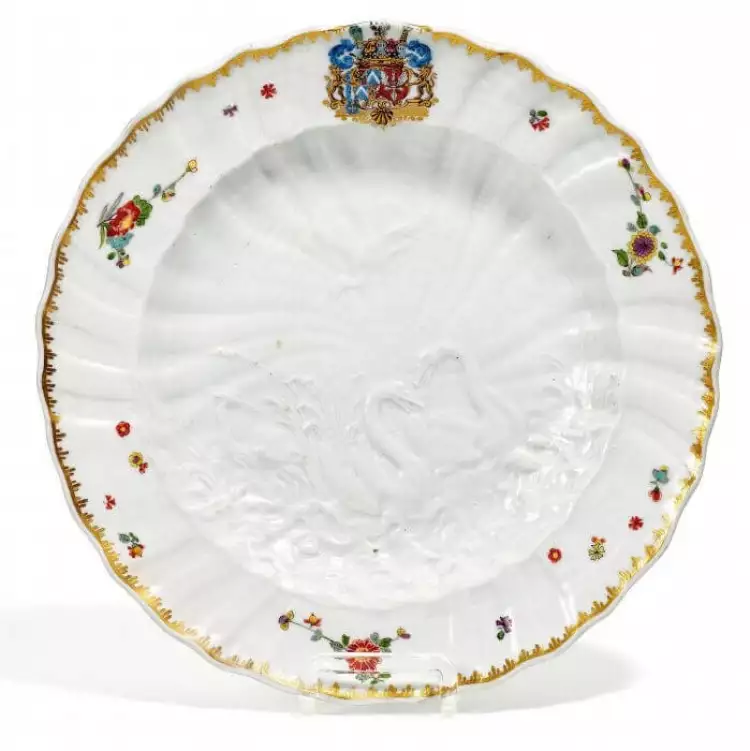 Meissen Porcelain. Porcelain plate
Meissen Porcelain. Porcelain plate
Continuation of the Adventures of the Scientist Böttger
Here, the misadventures of the fugitive alchemist Böttger continue, although formally, this is already the third story. Böttger demonstrated his achievements in "transmutation" to the Saxon ruler, which greatly inspired the one who, in search of a solution to financial problems, gathered alchemists from all over Europe. Yes, August hosted Böttger not out of love for his neighbor or reverence for his achievements. The scientist received a government order to replenish the treasury, which had become depleted (mainly due to the ruler's inconsistent policies), with gold, and he got to work. However, the work hardly interested him at all, and when the money ran out and no results were achieved, Böttger was taken into custody so that nothing would distract him from his beloved occupation.
In 1704, he became an assistant to one of the greatest minds of his time - Ehrenfried Walther von Tschirnhaus: a geologist, mathematician, mineral properties researcher, and entrepreneur who owned a glass factory. The laboratory was set up in Albrechtsburg Castle. The work proceeded successfully, but alas, Count von Tschirnhaus did not live to see its completion, and the alchemist continued his experiments alone.
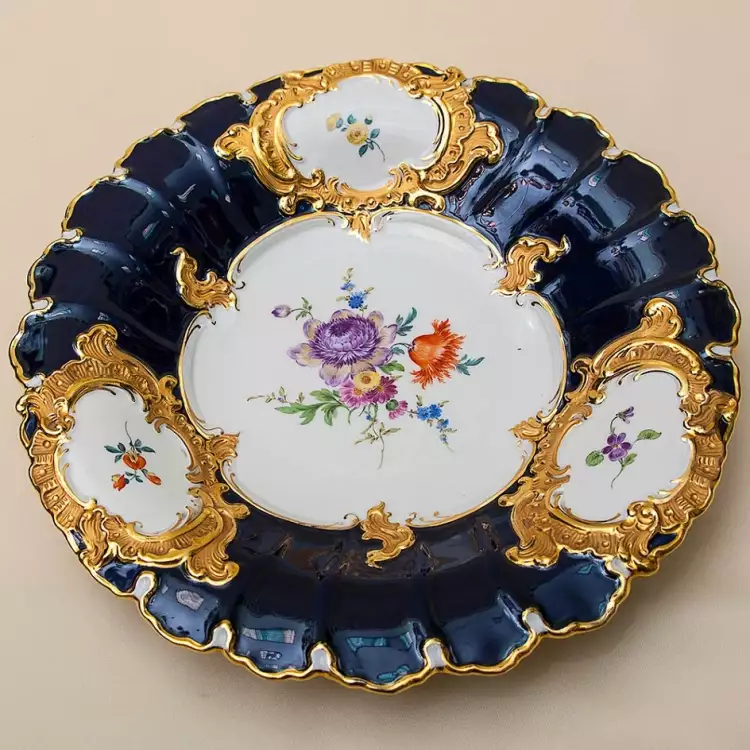 Meissen Porcelain. Serving plate
Meissen Porcelain. Serving plate
The Search for the Composition for Porcelain
They say that the recipe for porcelain was found thanks to an amusing incident. A certain sly barber, unwilling to spend money on expensive powder for wigs, decided to replace it with an alternative - white kaolin clay found in the vicinity. It is said that the kaolin powder was used for the wig of a high-ranking prisoner of the king and, from there, found its way into the experimental porcelain composition. The barber was interrogated and honestly indicated where the source of the strange "powder" was. The recipe was found, and in 1709, the porcelain was presented to the judgment of the ruler of Saxony. Just a year later, in 1710, the Meissen porcelain manufactory was established in Albrechtsburg, with Böttger becoming its first director.
 Meissen Porcelain. Albrechtsburg Castle
Meissen Porcelain. Albrechtsburg Castle
Jasperware Porcelain by Böttger
The Meissen manufactory's porcelain products did not originally resemble the Chinese snow-white delicate wonder with elegant cobalt painting. On the contrary, they were of various terracotta shades, earning the name "rothes Porcelain". Due to its high kaolin content, Böttger's jasperware porcelain turned out to be harder than Chinese porcelain. It remained to make it white and shiny, as this corresponded to the needs of the European public.
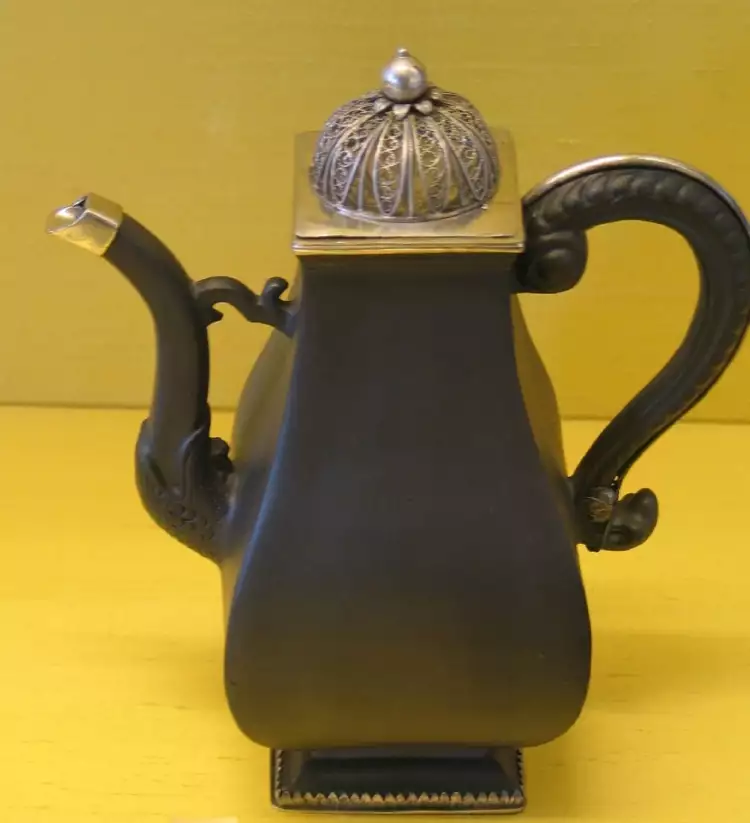 Meissen Porcelain. Böttger porcelain
Meissen Porcelain. Böttger porcelain
By the way, Böttger's porcelain was unique - with a velvety matte (rarely glazed) noble texture, concise golden painting, relief ornaments, and Gothic forms. It was beautiful and refined, but the public demanded Eastern brilliance and resonance, luxurious underglaze cobalt paintings, and gloss.
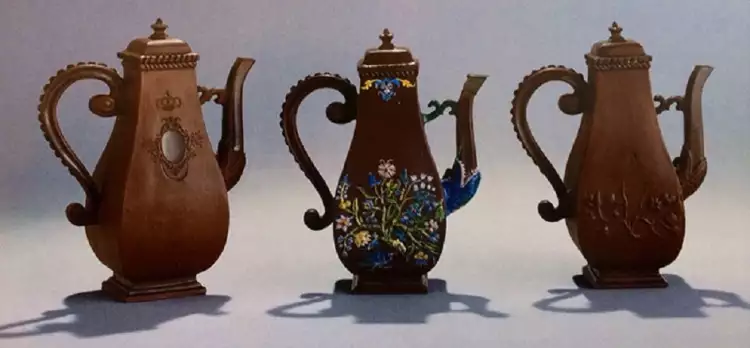 Meissen Porcelain. Jasper porcelain
Meissen Porcelain. Jasper porcelain
The History of the "White Gold of Saxony"
Gradually, the original composition for firing the porcelain mass changed, and by 1715, the Meissen manufactory began producing the much-loved glazed porcelain, which was called the "White Gold of Saxony." The triumphant march of Meissen porcelain across the planet began and continues to this day, with tableware and figurines bearing the cobalt mark remaining objects of desire for all luxury connoisseurs. And the history of the "White Gold of Saxony" also continues. By the way, they say that Böttger's search for the philosopher's stone eventually succeeded - the huge ingot of gold he created can be seen in the Meissen museum.
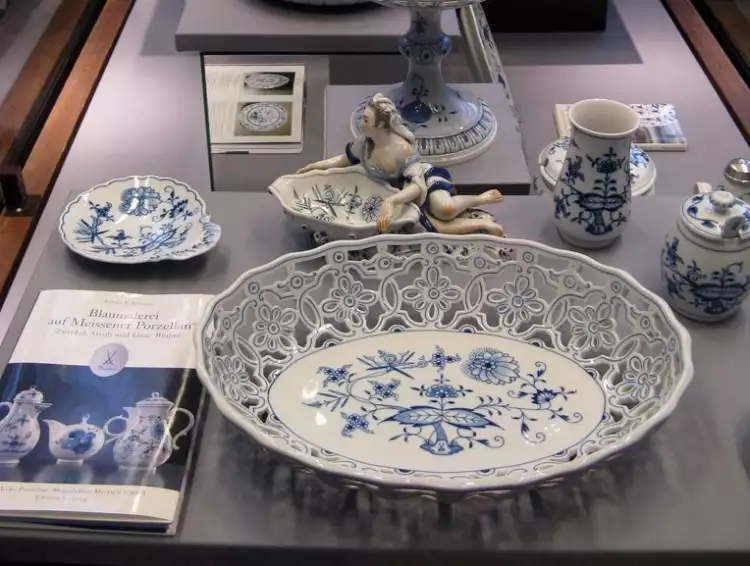
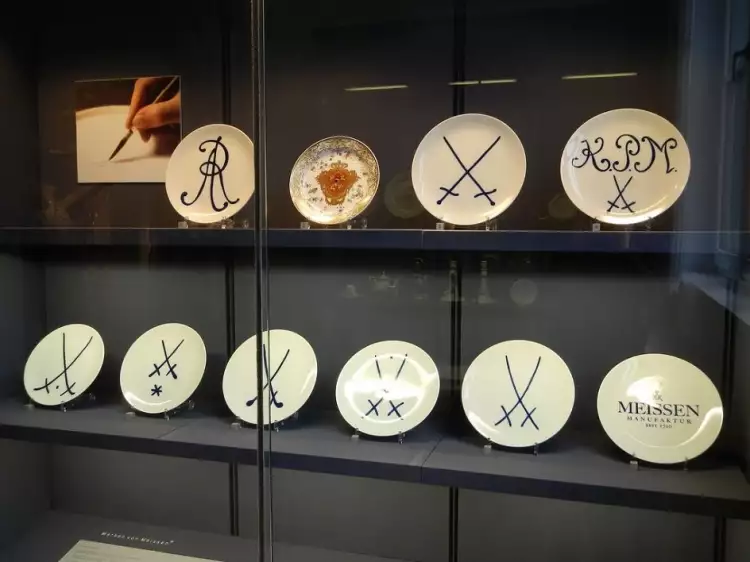
 Portrait - a genre of painting: essence, types, history of the genre, famous portraits and portrait artists
Portrait - a genre of painting: essence, types, history of the genre, famous portraits and portrait artists  Texture in Typography: Revitalizing Design with Tactile Sensations
Texture in Typography: Revitalizing Design with Tactile Sensations  Romanticism: Wings of Freedom and Inspiration
Romanticism: Wings of Freedom and Inspiration  Paul Cézanne: Biography, Artistic Career, and the Artist's Masterpieces
Paul Cézanne: Biography, Artistic Career, and the Artist's Masterpieces  Naturalism in Painting: Naturalness and Photographic Accuracy of Reality
Naturalism in Painting: Naturalness and Photographic Accuracy of Reality  Documentary Photography: Photo story about important events and everyday life
Documentary Photography: Photo story about important events and everyday life 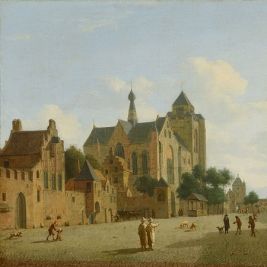 Figurative art and figurativism are antipodes of abstractionism and conceptualism
Figurative art and figurativism are antipodes of abstractionism and conceptualism  Tempera is a painting technique with a history spanning thousands of years
Tempera is a painting technique with a history spanning thousands of years  Fayum mummy portraits - ritual painting that preceded its time
Fayum mummy portraits - ritual painting that preceded its time 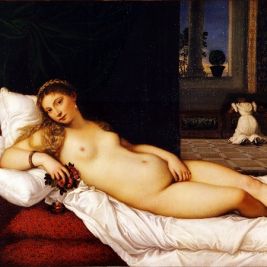 Genre of Nude in Painting: Evolution and Historical Trends of the Nude Style
Genre of Nude in Painting: Evolution and Historical Trends of the Nude Style